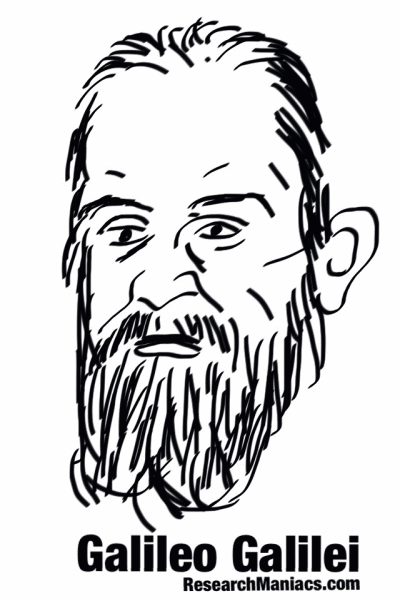A Brief History of Truth

One of the early stories that relates human nature and truth is about the Greek mathematician Pythagoras, for whom the Pythagorean Theorem is named. He believed strongly in the power of rational (whole) numbers, that they controlled the behavior of the planets and the universe itself. One of Pythagoras' brighter students was named Hippasus, who discovered that the square root of 2 is an 'irrational' number, one that cannot be precisely calculated, like the value of pi. Pythagorus insisted that Hippasus retract his mathematical proof, but he refused. Pythagoras had him drowned for committing what he considered mathematical blasphemy.
Galileo was an Italian physicist, mathematician, astronomer, and philosopher. Stephen Hawking credits Galileo as being responsible for the birth of modern science. Galileo was persecuted by the Roman Catholic Church because he defied the geocentric notion that the Earth was at the center of the universe. His support of the heliocentric view was condemned as being contrary to Scripture. Galileo was tried by the Inquisition, and spent the rest of his life under house arrest. Of course, his view was later adopted by the enlightened intelligentsia.
In centuries past, one woman out of six died of fever following childbirth. It was suggested by physician Alexander Gordon in 1795 that the fevers were curable, and caused by an infection. This wisdom fell on deaf ears; the scientific consensus refused to believe it.
Then in 1843, the professor, physician, and author Oliver Wendell Holmes presented evidence to the scientific community that the contagion known as puerperal fever was the cause of these deaths. Again, the consensus was unmoved.
Dr. Ignaz Semmelweiss, known as the 'savior of mothers', pioneered the concept of sanitary techniques, and in hospitals under his management, puerperal fever was eliminated. He was ignored and dismissed from his post. Puerperal fever continued to claim the lives of woman until the beginning of the twentieth century.
The inertia of consensus, and the necessary social reform in the Southern States, kept a disease known as pellagra from being cured by improved diet until the 1920s. It was the work Dr. Joseph Goldberger who defied the prevailing theory that pellagra was caused by germs.
Geophysicist Alfred Wegener proposed the theory of continental drift in 1912 because of the manner in which South America and Africa appeared to fit together. Although it seems obvious now, the revelation wasn't accepted by geologists until 1961.
Then we come to the case of George Taylor, who was stripped of his title of State Climatologist in 2007 by then-governor Ted Kulongoski because of his skeptical views on climate change. Taylor retired from the Oregon Climate Service in May of 2008, being under pressure to conform to the existing dogma regarding climate. Current research has confirmed that many influences contribute to variations in climate, including magnetic fields, solar output, planetary wobble, and a plethora of other factors that we need to study and understand. An apology to George Taylor is in order, but Ted Kulongoski has already slipped out the door. The pursuit of Truth is a perilous journey.
The above story was written and submitted to us by J.D. Adams. You can send him a comment or read other stories by J.D. Adams
